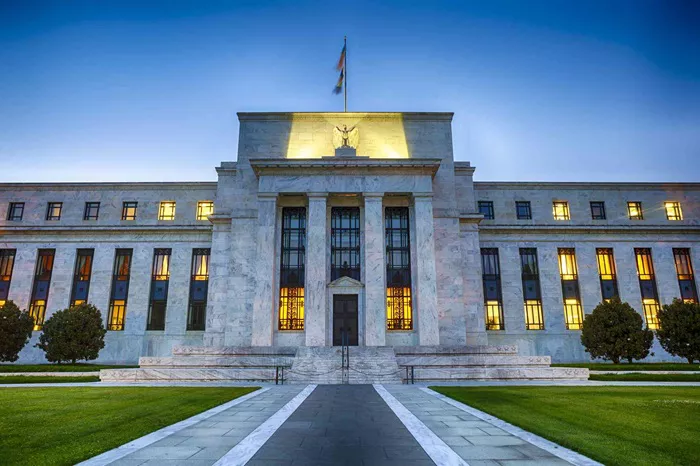The Federal Reserve is on the verge of concluding an era of aggressive interest rate hikes as it prepares to cut rates for the first time in four years. This shift, anticipated at the Fed’s upcoming meeting on September 18, will mark the end of a stringent inflation-fighting campaign that began in the 1980s.
End of the Inflation-Fighting Campaign
Currently, the Fed’s benchmark interest rate stands at 5.25% to 5.5%, a peak not seen in 23 years. The anticipated rate cut will signal the start of a new era of easier monetary policy, expected to persist through 2025 and 2026. This change is expected to lower borrowing costs for consumers purchasing homes, cars, and using credit cards, and will also facilitate easier access to loans for businesses.
Impact on Investors and Markets
WisdomTree’s head of fixed income strategy, Kevin Flanagan, noted that the upcoming rate cut will occur at levels not experienced in over two decades. He highlighted that many investors have never encountered rate cuts at such high interest rates. This transition could reshape investment strategies and market dynamics.
Powell’s Historical Context
For Fed Chair Jerome Powell, this moment presents an opportunity to achieve a feat that many of his predecessors, including his inflation-fighting hero Paul Volcker, could not. Volcker famously raised interest rates to 22% in the 1980s to combat inflation, but his efforts led to a recession that affected millions. Powell faced his own challenges with a severe rate-hiking cycle in 2022 and a banking crisis in 2023. His goal now is to achieve a “soft landing,” where inflation meets the Fed’s 2% target without causing a severe economic downturn.
Challenges Ahead
Former Kansas City Fed President Esther George cautioned that the Fed’s mission will not be complete until it achieves its 2% inflation target. She noted that while progress is being made, it is premature to declare the path fully set. There remains the risk that a cooling labor market could worsen, potentially dragging down the economy and necessitating more aggressive rate cuts.
Expectations for the September Meeting
Powell’s recent statements at Jackson Hole, Wyoming, indicated that the Fed is ready to begin its rate-cutting cycle. However, he did not specify the size of the initial cut or confirm it for the September meeting. Atlanta Fed President Raphael Bostic suggested that either September or November could be likely for a rate cut, with a 25 basis point reduction being a potential starting point. Philadelphia Fed President Patrick Harker also anticipates a 25 basis point cut but is open to a larger reduction if economic conditions deteriorate sharply.
Market Sentiment
Currently, traders are predicting a modest 25 basis point cut in September, with the odds standing at approximately 65%. This reflects cautious optimism in the face of ongoing economic uncertainties.
Reflection on the Fed’s Inflation Fight
The Fed’s battle against inflation began with what many view as a miscalculation, believing that inflation would be “transitory” amid pandemic-induced disruptions and supply chain issues. However, inflation proved more persistent, exacerbated by rising oil prices following Russia’s invasion of Ukraine. By March 2022, inflation hit 8.5%, the highest in 40 years, prompting the Fed to raise rates for the first time since 2018 with a modest quarter-percentage-point increase.
Conclusion
As the Federal Reserve nears a significant policy shift with its expected rate cut, the impact on the economy and financial markets will be closely watched. This transition from a high-interest environment to a period of easier monetary policy is poised to reshape borrowing costs and investment strategies, potentially marking the end of one of the most aggressive inflation-fighting periods in recent history.
Related Topics:

